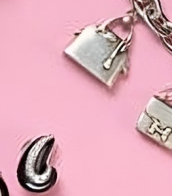62 Items by auctions and galleries:
frankfurt/main
Becker Jackob 1810-1872
Carl Spitzweg (1808 - 1885) 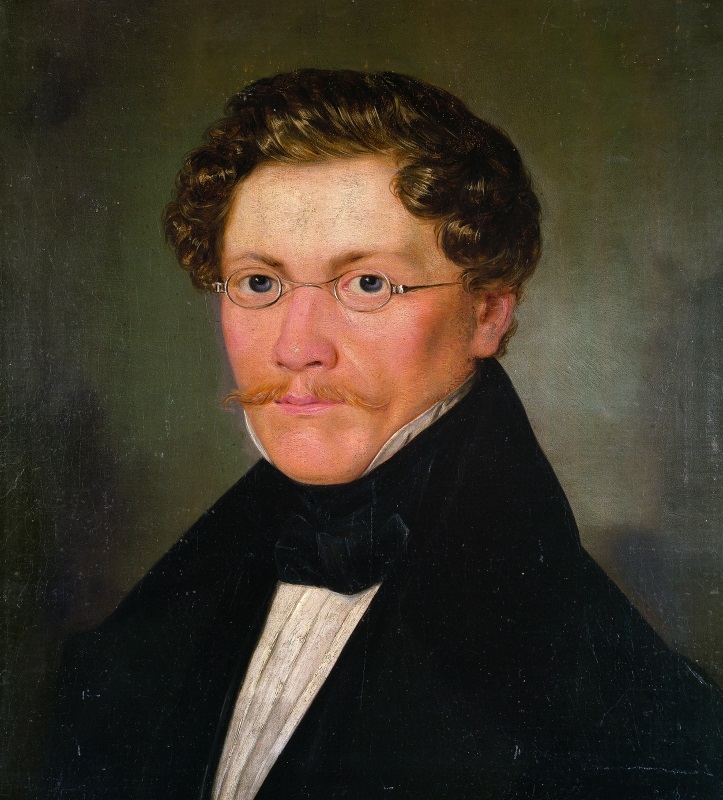 Jakob Becker (1810 - 1872)
Jakob Becker (1810 - 1872) 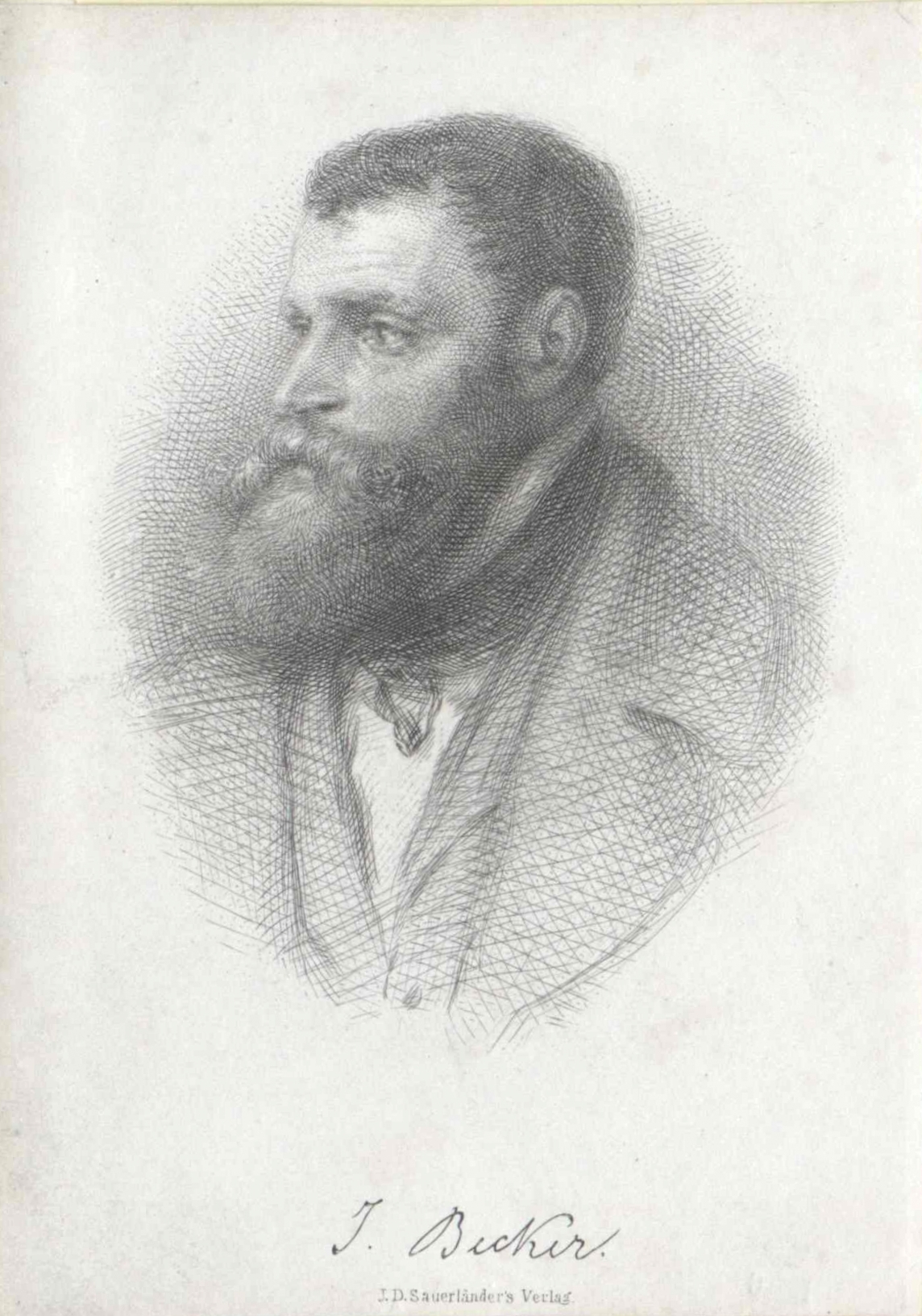 Shop Artkunst
Shop Artkunst

Carl Spitzweg
05.02.1808 - 23.09.1885
Germany
Carl Spitzweg was a German romanticist painter, especially of genre subjects. He is considered to be one of the most important artists of the Biedermeier era.

Jakob Becker
15.03.1810 - 22.12.1872
Germany

Shop
Artkunst
Germany
Number of products: 144
Lot 4434 Erich Heckel. Der Spaziergang
Erich Heckel (1883 - 1970)  A931: Moderne Kunst
A931: Moderne Kunst 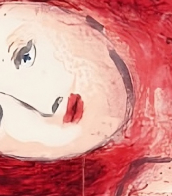

Erich Heckel
31.07.1883 - 27.01.1970
Germany
Erich Heckel was a German painter and printmaker, and a founding member of the group Die Brücke ("The Bridge") which existed 1905–1913. His work was part of the art competitions at the 1928 Summer Olympics and the 1932 Summer Olympics.

KARL & FABER Kunstauktionen
A931: Moderne Kunst
Date: 05.12.2025 18:00 UTC +01:00
Number of lots in the catalog: 96



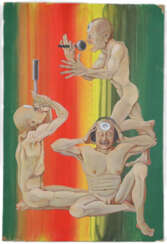

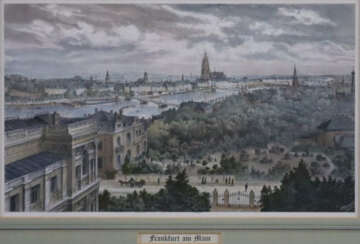

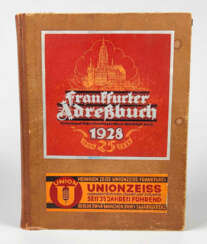


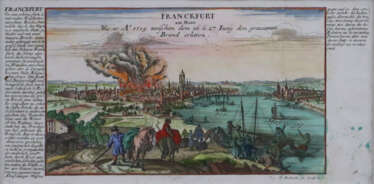



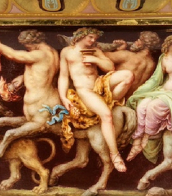






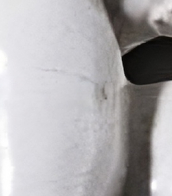








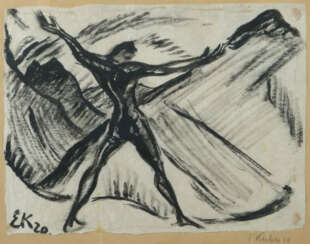

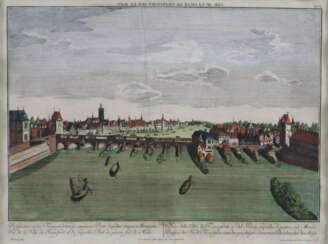







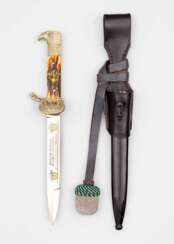

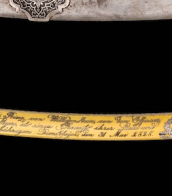







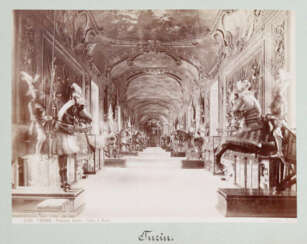

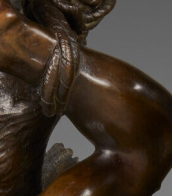







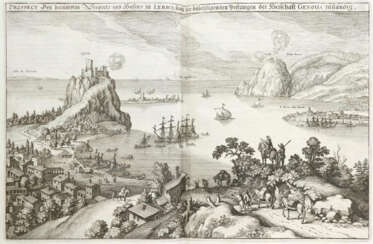

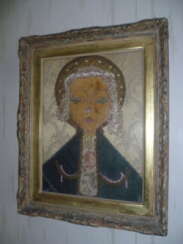

 Hansen.jpg)




